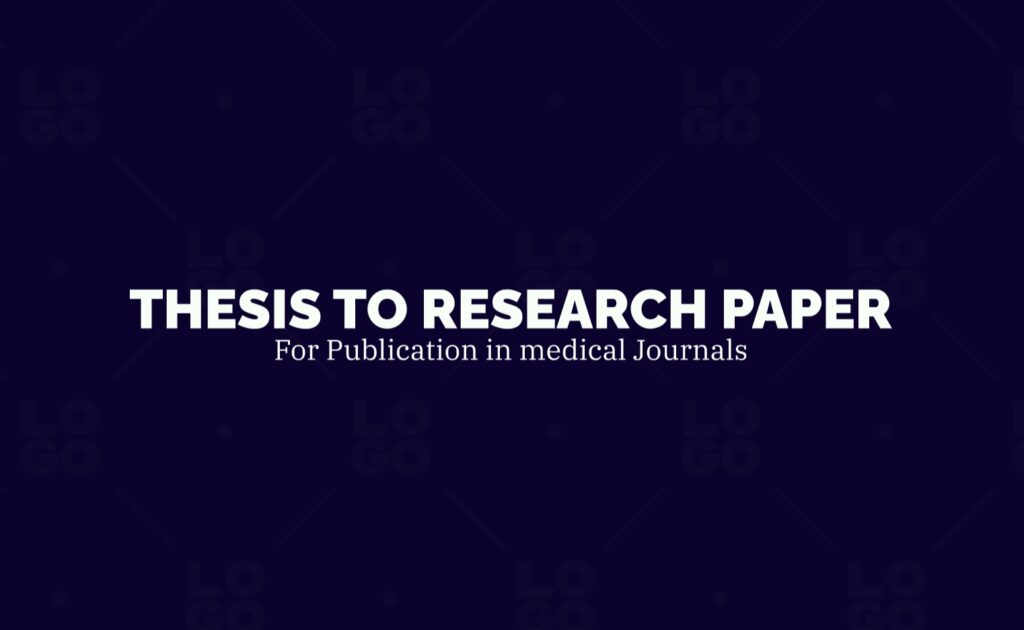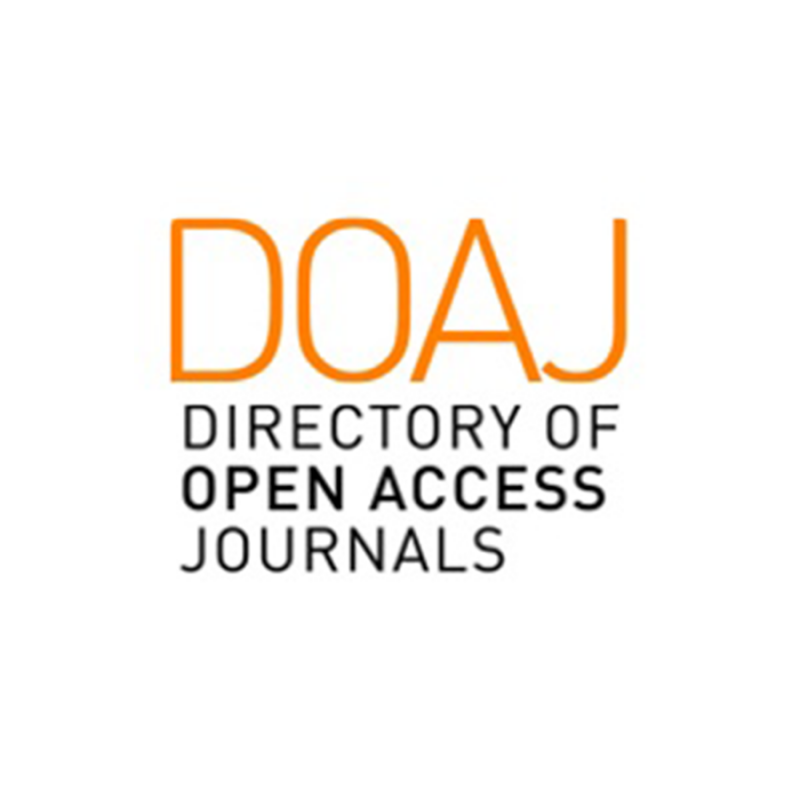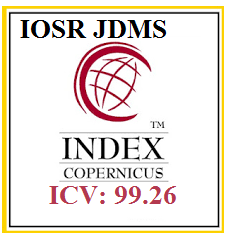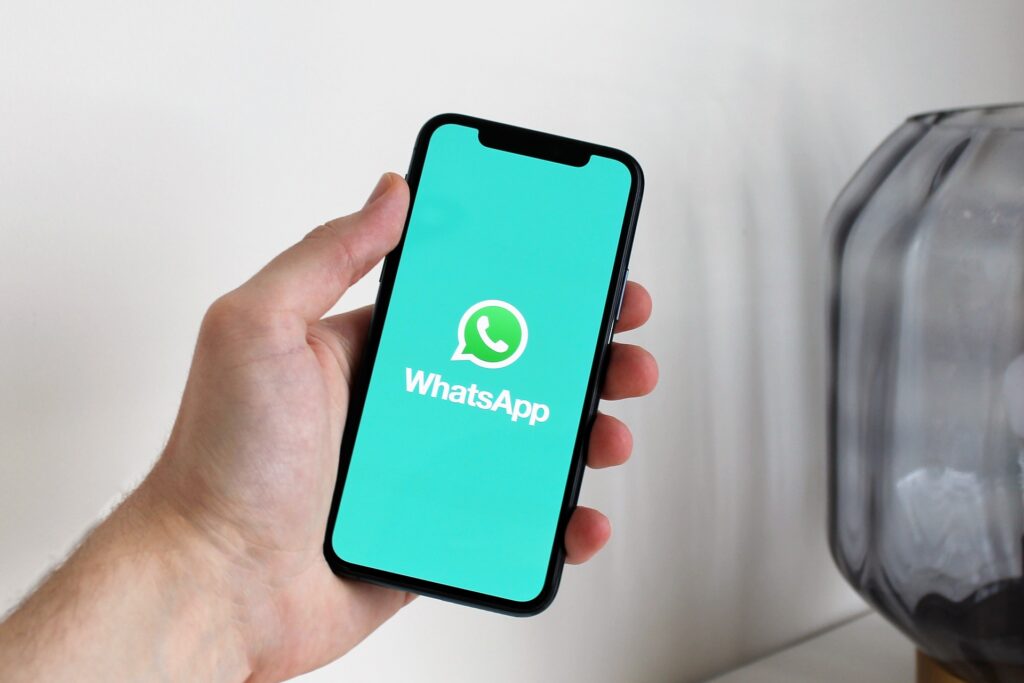
How WhatsApp is changing the landscape of medical diagnosis and management?
WhatsApp is a popular
messaging platform that allows users to send text messages, make voice and
video calls, and share files with one another. It is being used by doctors to
aid in the diagnostic process in several ways.
Whatsapp
Groups:
One way WhatsApp is being
used by doctors is through the creation of WhatsApp groups. These groups allow
doctors to share patient information, discuss cases, and arrive at a diagnosis.
This is particularly useful in remote or underserved areas where access to
specialists is limited. By sharing patient information and discussing cases,
doctors can access the expertise of their colleagues, even if they are located
in different parts of the country or world.
Image Sharing particularly
radiology images:-
Another way WhatsApp is
being used by doctors is through the sharing of images and videos. This allows
doctors to share pictures of rashes, x-rays, and other diagnostic images with
their colleagues. This can be especially useful in cases where a physical
examination is not possible, such as with patients who are bedridden or living
in remote areas. By sharing these images, doctors can get a second opinion on a
diagnosis, which can improve the accuracy of the diagnosis and lead to better
patient outcomes.
Communication
with patients:-
WhatsApp is also being used
by doctors to communicate with patients. This allows doctors to provide
patients with information about their diagnosis and treatment plan, as well as
answer any questions the patient may have. This can help to improve patient satisfaction
and trust in the healthcare system, as patients are more likely to feel
informed and involved in their care when they can communicate directly with
their doctor.
Telemedicine Services:
–
Additionally, WhatsApp is
being used to provide telemedicine services to patients. This can be especially
useful for patients living in remote areas or for those with mobility issues.
Instead of having to travel to a clinic or hospital, patients can receive a
consultation with a doctor over WhatsApp. This can save patients time and money,
and can also help to reduce the spread of infectious diseases by minimizing the
need for in-person visits.
Patient Monitoring
and Follow up: –
WhatsApp is also being used
to monitor patient progress and adherence to treatment plans. This can be
especially useful for patients with chronic conditions, such as diabetes or
heart disease, as it allows doctors to track changes in the patient’s condition
and adjust treatment plans as needed. This can help to improve patient outcomes
and reduce the likelihood of complications.
In conclusion, WhatsApp is
being used by doctors in a variety of ways to aid in the diagnostic process. By
creating WhatsApp groups, sharing images and videos, communicating with
patients, providing telemedicine services, and monitoring patient progress and
adherence to treatment plans, WhatsApp can help to improve the accuracy of
diagnoses and lead to better patient outcomes.
Services
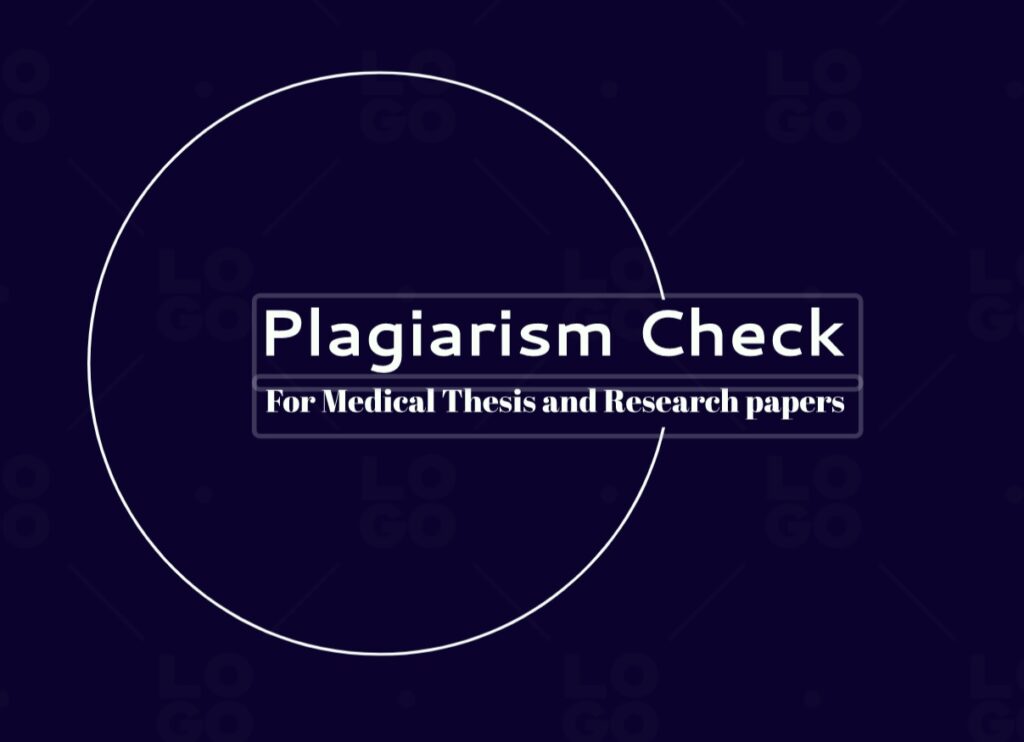

 Indexing Services In which We PublishPrograms
Indexing Services In which We PublishPrograms

